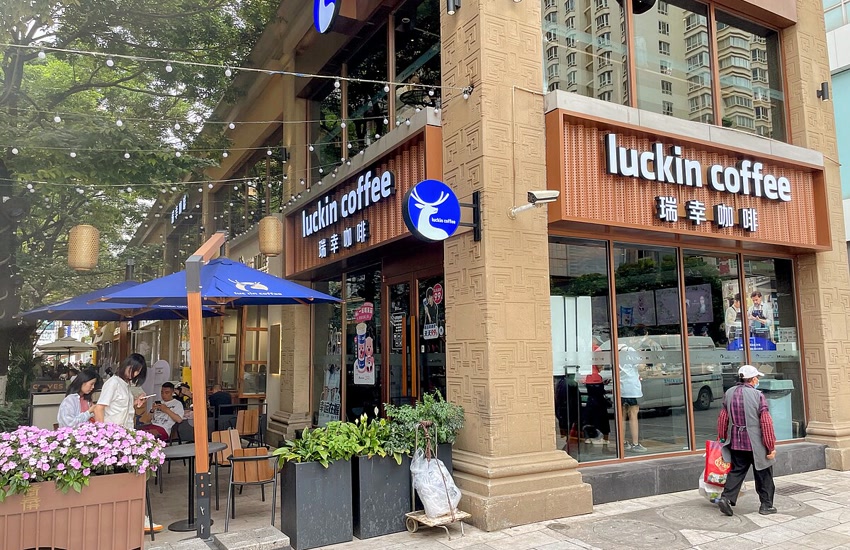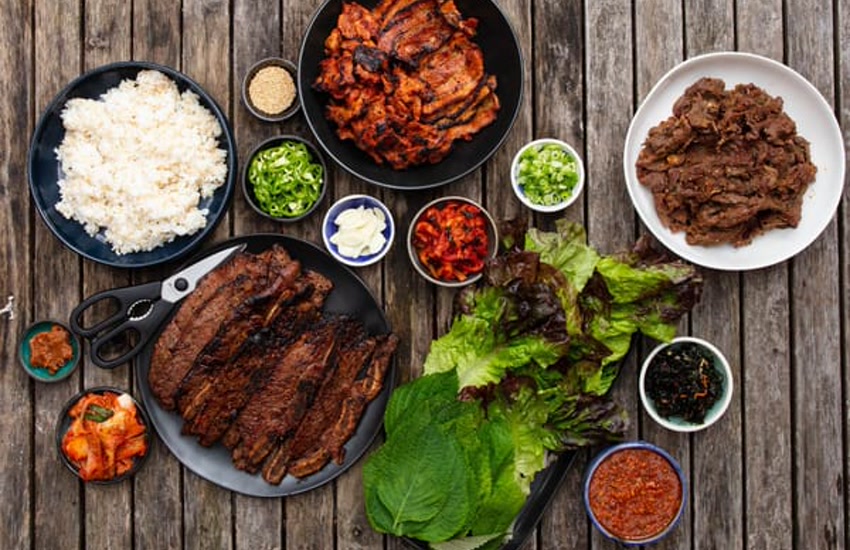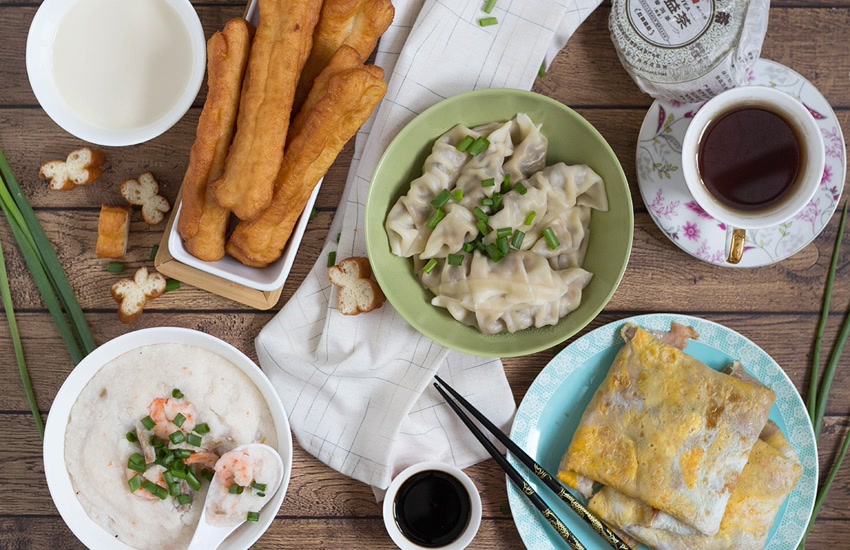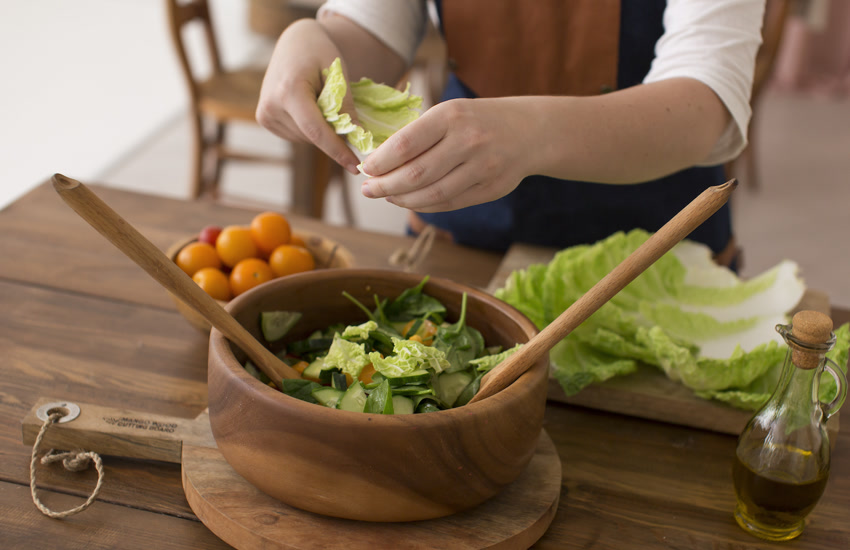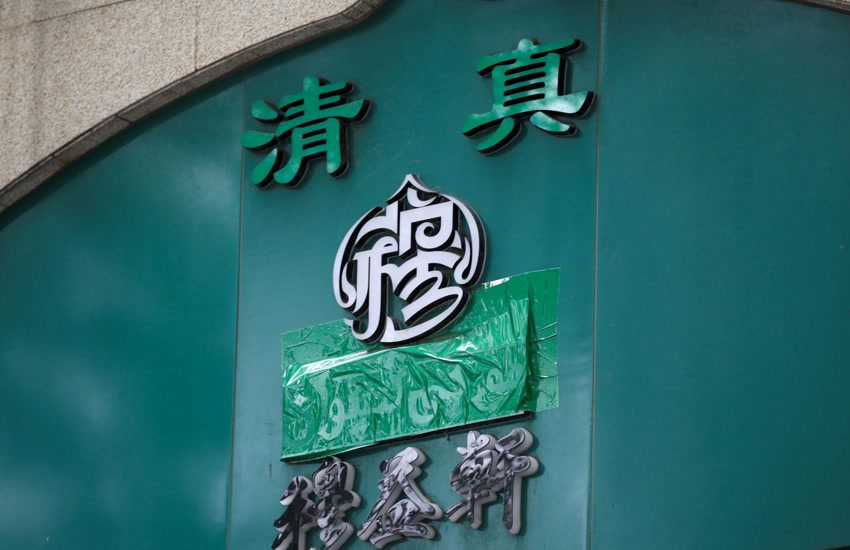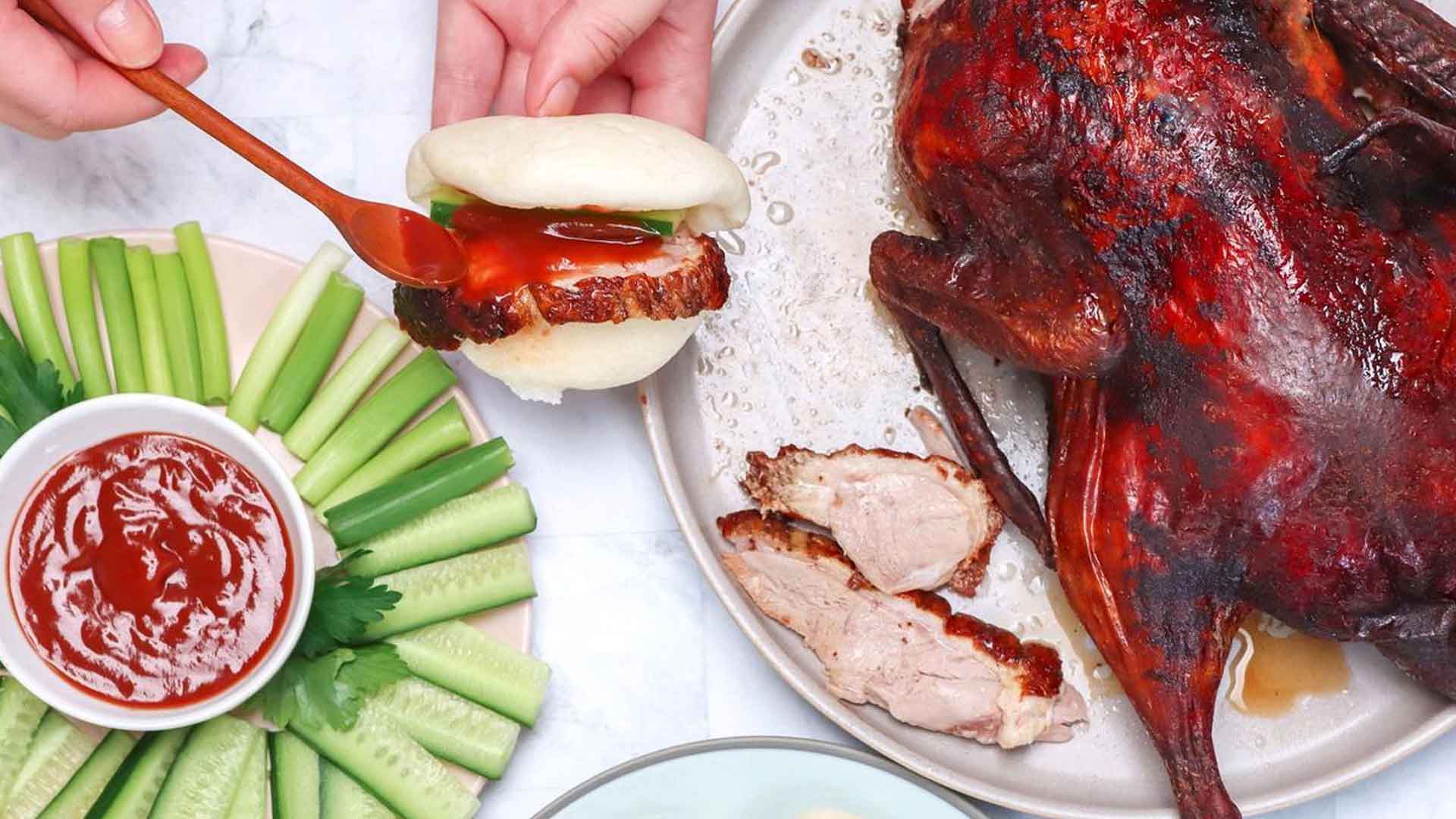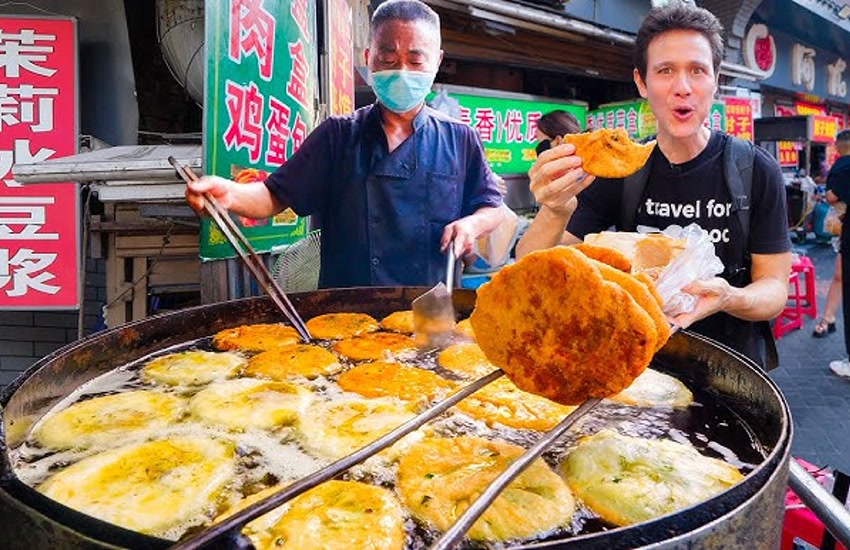
Hey fellow food adventurers! If you’re anything like me, the mere thought of exploring the vibrant, aromatic, and utterly irresistible world of Chinese street food sends your taste buds into a frenzy.
I mean, who can resist the sizzling allure of jianbing cooked fresh on a griddle, the spicy kick of Sichuan skewers, or the comforting warmth of a bowl of hand-pulled noodles?
But let’s be honest, lurking beneath the surface of all that culinary excitement is a question that might give even the most seasoned traveler pause: food safety.
Navigating the Bustling Labyrinth of Chinese Street Food Safety: A Foodie’s Guide to Eating with Confidence
We’ve all heard the stories, and the fear of a rogue stomach bug can definitely put a damper on your gastronomic explorations.
Well, I’m here to tell you that you can – and should – dive headfirst into the deliciousness that Chinese street food has to offer, but with a little knowledge and some savvy precautions.
And, good news, things are actually getting better! Recent regulatory changes in China are actively reshaping the food landscape, aiming to enhance the safety of everything from farm-fresh produce to that tempting dumpling cart on the corner.
So, grab your chopsticks, loosen your belt, and let’s navigate the bustling labyrinth of Chinese street food together, with a focus on staying safe, healthy, and utterly satisfied.
The Winds of Change: Key Developments in Food Safety Regulations

Let’s face it, food safety in China has been a hot topic for years. But I’ve been keeping a close eye on developments, and I’m genuinely encouraged by the progress being made.
Think of it like this: China is actively working to clean up its culinary act, and that’s great news for all of us who love to eat!
Key Changes in Chinese Food Safety Regulations
Here’s a rundown of the key changes that are making a difference:
- From Farm to Fork: A Holistic Approach: Back in March 2025, Chinese authorities unveiled a sweeping new guideline focused on strengthening oversight across the entire food supply chain. I’m talking from the very fields where the food is grown, all the way to the street vendors and restaurants where we enjoy it. This “farm to table” traceability is a game-changer because it allows authorities to better monitor food origins and respond rapidly to any emerging food safety issues. Think of it as a digital tracking system for your dinner – pretty cool, right?
- Licensing and Standards: Raising the Bar for Vendors: The new policy enforces stricter licensing for food producers and vendors. They’re requiring adherence to modern safety standards while also trying to preserve those age-old culinary traditions we all love. It’s a delicate balance, but it’s crucial for ensuring that food is prepared safely without sacrificing authenticity.
- Enhanced Inspections: Keeping a Watchful Eye: Imagine food safety inspectors as culinary superheroes, swooping in to make sure everything is up to par. That’s essentially what’s happening with these enhanced inspections. Rigorous production checks, tighter storage, and transportation protocols are all aimed at preventing contamination or spoilage of food before it even reaches the consumer. This is especially important for perishable items like meat and seafood.
- Online and Offline Integration: A Digital Food Safety Net: The increased integration of online and offline food safety supervision is fascinating. It means that authorities are using technology to track food safety issues, respond quickly to complaints, and share information with the public. This digital approach allows for greater transparency and accountability.
- Quarantine and Certification: Protecting Against High-Risk Products: For high-risk products, like imported foods, the government is implementing tougher quarantine and certification procedures. This is designed to prevent the entry of unsafe or contaminated foods into the country. It’s like a border patrol for your belly!
What This Means for Your Street Food Adventures
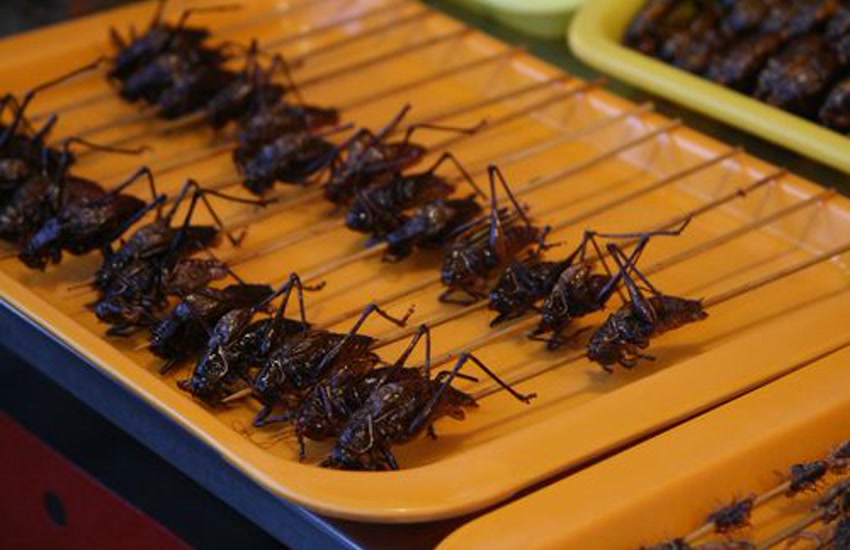
Okay, so all these regulatory changes sound great in theory, but what do they actually mean for you, the intrepid street food explorer?
Implications for Street Food Lovers
More Scrutiny for Stalls: Higher Standards, Happier Tummies: Street food stalls are increasingly subject to inspections and must align with updated food safety standards. This means that both locals and tourists can enjoy their favorite snacks with greater peace of mind.
Transparency Through Labeling: Knowing What You’re Eating: Authorities are introducing or amending national food safety standards, including those for food labeling. This is designed to boost transparency and consumer confidence. Knowing exactly what ingredients are in your food and where they come from can make a huge difference in how you feel about eating it.
Rapid Response: Addressing Problems Quickly: The coordinated reforms include rapid-response mechanisms to shut down or recall vendors and products found to breach standards. This means that if a food safety issue is identified, authorities can act quickly to protect consumers from unsafe foods.
Practical Tips for Navigating Street Food Safely: My Personal “Eat Smart” Guide
While the regulatory changes are definitely a step in the right direction, it’s still important to be proactive about your own food safety. Here are some of my tried-and-true tips for enjoying Chinese street food with confidence:
Smart Eating Tips
| Tip | Description |
|---|---|
| Seek Out Hygiene Ratings and Licenses | Keep an eye out for visible hygiene ratings or licenses displayed at stalls. These are usually prominently posted and can give you a good indication of the vendor’s commitment to food safety. A high rating is a green light! |
| Follow the Crowds: Popularity is a Good Sign | Choose vendors with high foot traffic and busy queues. Turnover tends to mean fresher food, and a popular stall is usually popular for a reason – people trust their food! |
| Observe Cleanliness: A Little Observation Goes a Long Way | Take a moment to observe the vendor’s cleanliness. Do they use gloves or utensils to handle food? Are their work surfaces clean? Are they handling money and food with the same hands? A little observation can tell you a lot. |
| Freshly Cooked is Best: Hot Food = Less Risk | Favor food that is cooked to order and served hot. Heat kills bacteria, so freshly cooked food is generally safer than food that has been sitting out for a while. |
| Trust Your Gut (Literally!) | If something just doesn’t feel right, trust your instincts. If a stall looks dirty or the food seems questionable, it’s always better to err on the side of caution and move on. There’s always another delicious option waiting around the corner. |
China’s regulatory push doesn’t just set new rules—it seeks to build a safer, more reliable street food experience for everyone. And while vigilance is still advised, the labyrinth of Chinese street food is becoming easier and safer to navigate.
So, my fellow foodies, don’t let fear hold you back from experiencing the incredible culinary delights that Chinese street food has to offer. With a little knowledge, some common sense, and a dash of adventurous spirit, you can savor the vibrant flavors of China with confidence and enjoy an unforgettable gastronomic journey.
Now, go forth and eat! And don’t forget to tell me all about your favorite street food finds! What are your go-to dishes? What safety tips do you swear by? Share your experiences in the comments below – I’d love to hear from you! Happy travels, and bon appétit (or should I say, 慢慢吃 – màn màn chī!).
Discover our others food guide:


